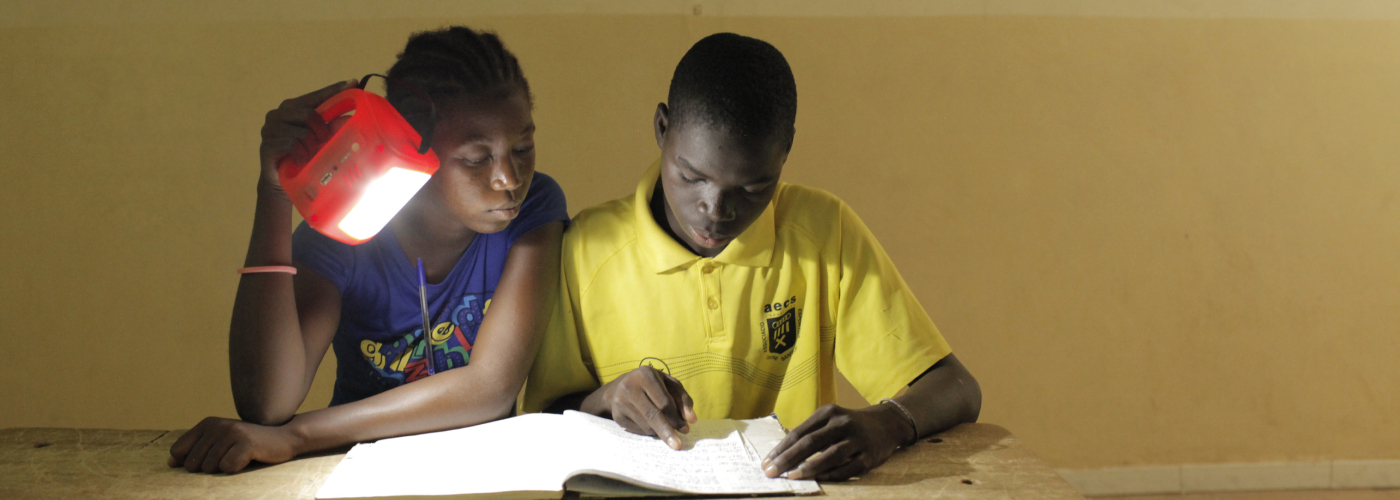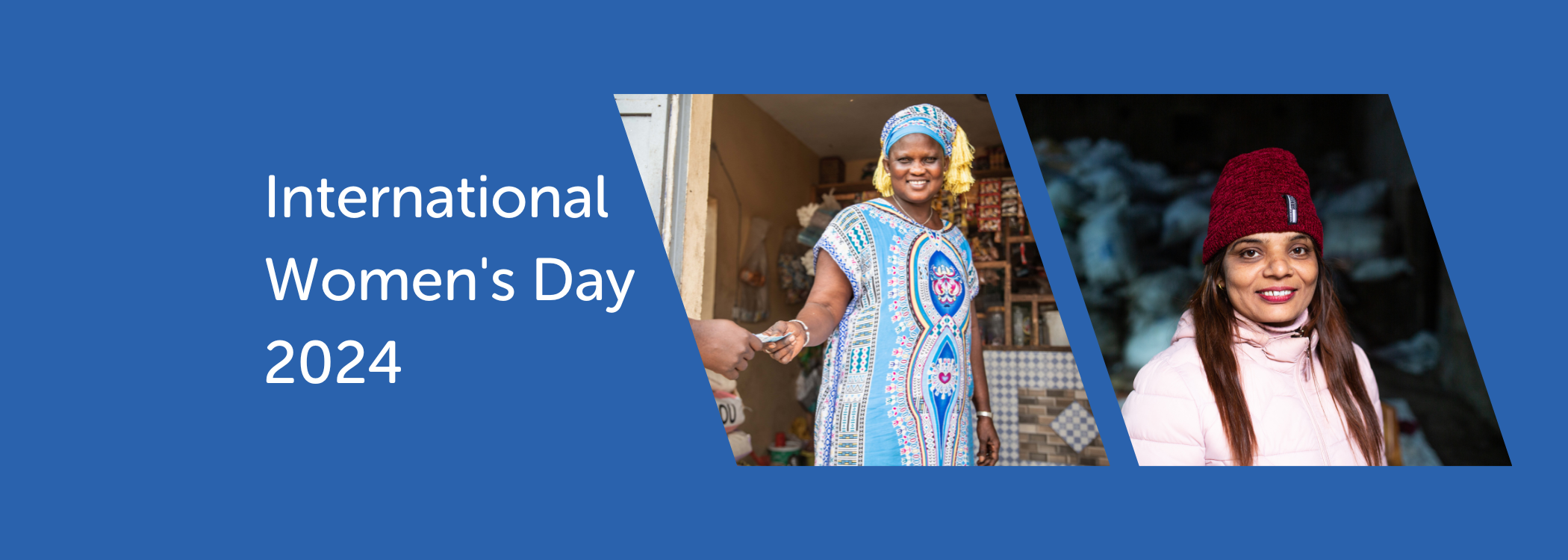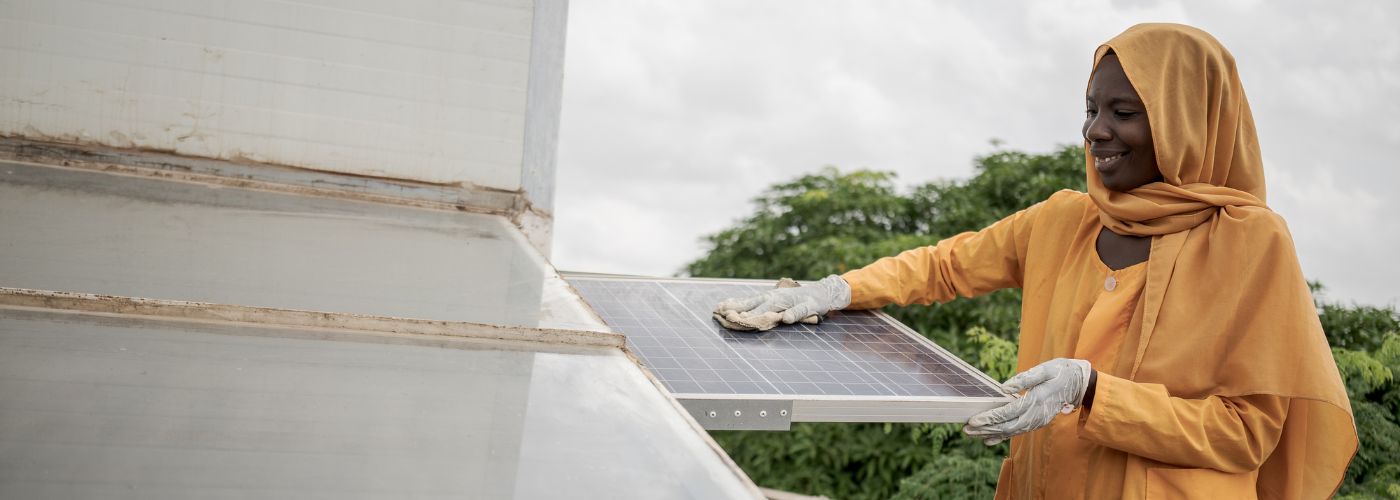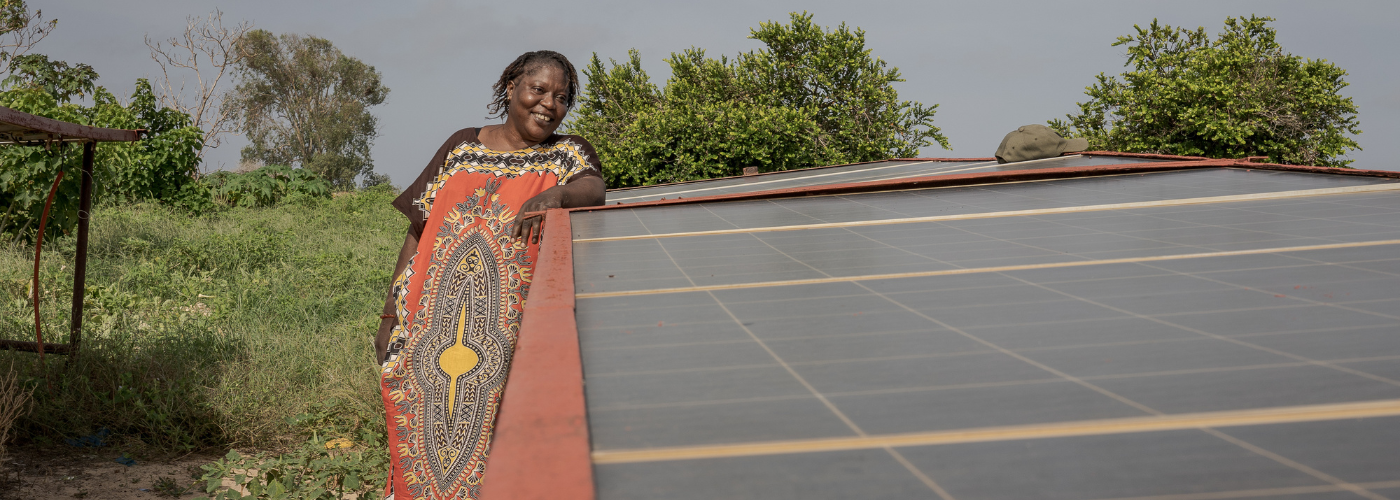Energy access is inextricably linked to gender equity, a theme that cuts across the United Nation’s 17 Sustainable Development Goals (SDGs) and is imperative to achieve sustainability targets. Yet, energy policies in Pakistan remain ‘gender-blind’, focusing on improving energy access without considering the differential impacts of how men and women access, consume, are affected by, or benefit from energy practices and policies.
About 26% of Pakistan’s population (56 million people) lacks access to electricity and 51% (110 million) lacks access to clean cooking facilities. The energy sector faces critical challenges of centralised governance, intermittency of supply and limited share of renewables (5%). Lack of an integrated energy policy results in a disconnect between top-down regulation of (on-grid) urban electrification and bottom-up (off-grid) rural initiatives that remain limited and unregulated. Hence, issues of affordability, reliability and sustainability persist. Further, Pakistan ranked 151 out of 153 countries on the Global Gender Gap Index Report 2020, with its Human Development Index 25% lower for women compared to men. Although gender is prioritised in the National Policy for Development and Empowerment of Women (2002), Gender Reform Action Plan (2005), and Vision 2025, significant gaps persist in Pakistan’s SDG National Framework, including lack of baseline data, clear intervention targets, and attention to intersections between SDG5 (gender equality) and SDG7 (energy access).
This policy brief highlights existing gaps and recommendations for gender equity in Pakistan’s energy policies and practices, based on interviews with 21 energy sector professionals (including stakeholders from policy/regulatory bodies, energy utilities, development authorities, non-governmental organisations (NGOs), and electricity service providers).

 ?>
?>









Follow us on: